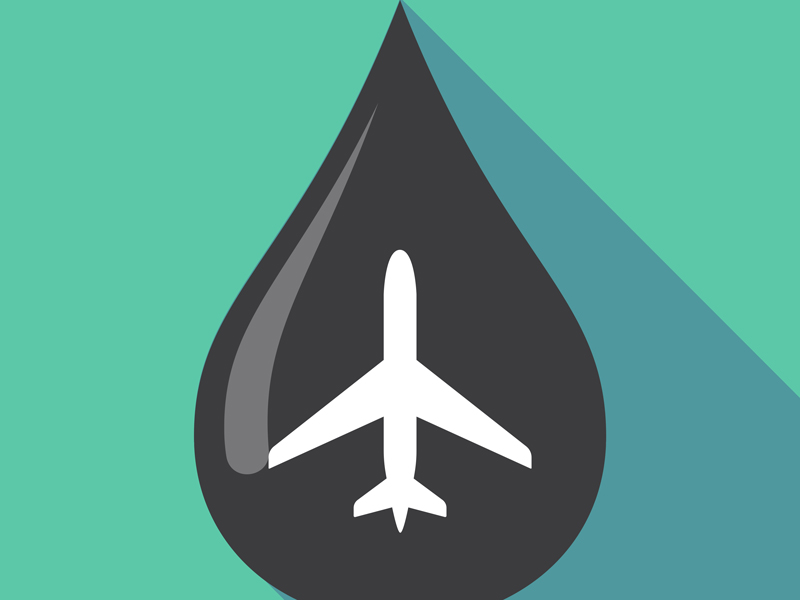How connectivity can help airlines cope with rising fuel costs
Currently, there is no available alternative to jet fuel and airlines have continued to see their bottom line impacted by rising fuel costs – increased connectivity could provide new smart ways to save fuel and reduce costs

An enormous amount of data can be gathered during a flight, such as distance travelled, wind speed and fuel consumption – this can be leveraged to help airlines make better tactical decisions to optimise fuel usage
For the commercial aviation industry, consumers must come first. This makes providing an efficient, comfortable and affordable flight crucial, which can be problematic when airlines need to make up for unexpected delays as the pilot will often need to accelerate during the flight to make up for lost time. However, doing so burns more fuel and ultimately costs the airline money, as well as increasing a flight’s environmental impact.
According to the International Air Transport Association, by the end of 2019, global airlines are expected to have spent a quarter of their overall costs on fuel. With prices fluctuating, airlines must look for new ways to manage fuel costs while maintaining a high calibre of service for their customers.
Connectivity has transformed the way airlines operate and forward-thinking operators are taking clear strides to optimise fuel use, reduce costs and ultimately provide a better passenger experience
One such measure is improved airline connectivity. Fast, reliable and secure in-flight Wi-Fi that’s available anywhere around the globe has made air travel much more efficient and enjoyable for passengers.
Connectivity has also been hugely beneficial to professionals in the airline industry as it helps cut costs and provides the means to deliver a more efficient and comfortable service, along with improved data analytics and machine learning.
An enormous amount of data can be gathered during a flight, such as distance travelled, wind speed and fuel consumption – this can be leveraged to help airlines make better tactical decisions to optimise fuel usage.
Fuel efficiency solutions are typically made available using subscription models and comprise four key parts: data collection, data quality assurance, data analysis and communication. A quality service will collect, monitor and analyse data from numerous airlines and compare the findings with historic data to identify ways to reduce fuel consumption in real time. This allows pilots to take action during a flight, as well to help airlines reduce operational costs on a broader scale.
These services work in three key ways. First, they optimise fuel usage by leveraging data analytics. This enables airlines to more accurately calculate how much fuel a flight will require – these calculations were often based on estimates previously, resulting in wasted fuel and money. Users of the software have improved their fuel efficiency and have seen annual fuel savings of up to five percent. Given the vast quantity of fuel used by airlines, savings of just a few percent can make a huge difference to an airline’s operational costs.
In addition, pilots using fuel efficiency solutions can more easily identify the most fuel-efficient flight plans. Pilots can review previous flight paths in real time and find alternatives, enabling them to take the most direct route and improve flight efficiency. Airline operators can also analyse flight path data to identify where and when large amounts of fuel are being used and to make efficiency-driven adjustments to the airline’s flight plans.
Lastly, these services not only offer information about planes and their flight paths, but also about airports. Pilots are able to make strategic decisions when taking off or landing to reduce fuel waste, such as using a single engine to taxi out to the runway or selecting a more direct path as they come into land.
Airline operators will never be able to predict exactly how fuel prices will behave. However, they can use software to ensure they are consuming fuel as efficiently as possible, alleviating some of the pressure that comes with rising fuel costs. Connectivity has transformed the way airlines operate and forward-thinking operators are taking clear strides to optimise fuel use, reduce costs and ultimately provide a better passenger experience.













